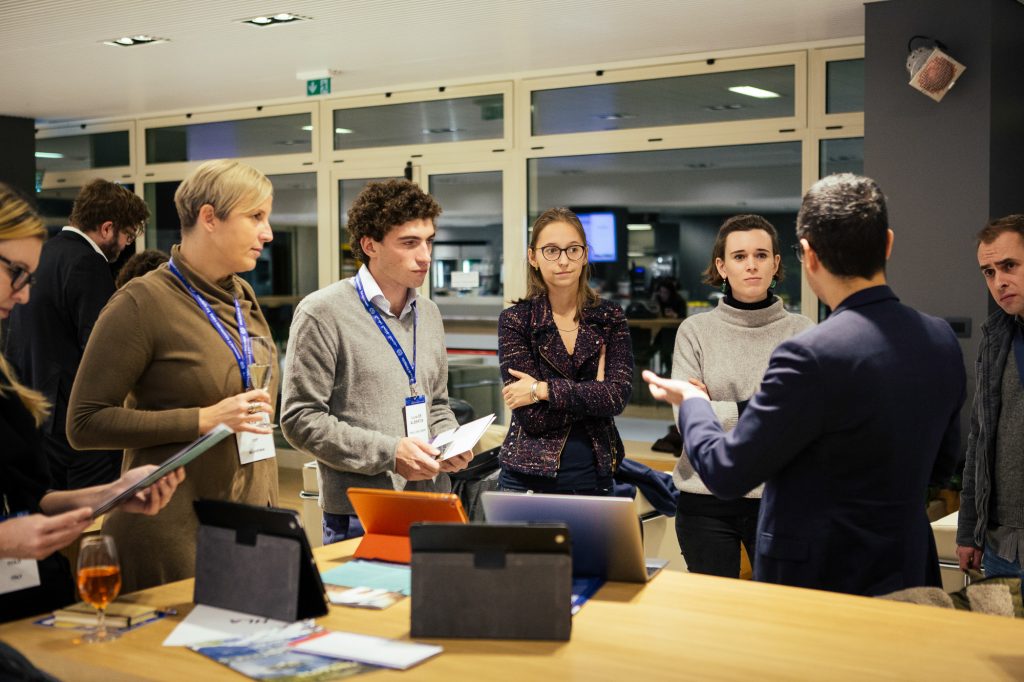Impromptu Networking

Rapidly share challenges and expectations, building new connections
Overview
A quick way to find local solutions by focusing attention on the problems individuals want to solve, outcome expectations or any other lingering issue. The team in turn provides a different point of view, bringing about solutions and powerful connections. Everyone contributes to shaping the work, noticing patterns together, and discovering local solutions.
How to use it
- Immediately liberates participation for everyone when the activity is based on engaging questions.
- Attract deeper engagement around challenges.
- Help shy participants to warm up.
- Affirm everyone’s contribution to solutions.
- Emphasize the power of loose and new connections.
- Suggest little things can make a big difference.
- Connect far-flung innovators among members of a learning network.
How to apply it
Start:
Participants are asked, “What big challenge do you bring to this gathering? What do you hope to get from and give this group or community?”
Setting:
Open space without obstructions. Participants stand in pairs and mill to find a partner. Everyone has an equal opportunity to contribute. First participants work in pairs. Invite people to find strangers or colleagues in separate groups/functions.
Time/Steps:
- 2 minutes per person (4-5 minutes per round): Discuss the answer to the question in pairs.
- Repeat for 3 rounds.
- Conduct an optional debrief with small groups or the entire group on interesting answers, connections and insights. Make sure that this stage is conducted carefully and preserves confidentiality.
How to adapt it
- Play with questions: What problem are you trying to solve? What challenge lingers from our last meeting? What expectations are you trying to confirm?
- Use together with Sociometrics.
- Taking a group outside a meeting room increases the fun factor.
- Invite participants to make a simple plan to follow-up via 15% Solutions.
- Make it slower or faster depending on your schedule.
Case study
Title:
Meeting peers
Activity:
UN inter-agency meetings
Contact:
Minori Hara, M.Hara@itcilo.org
Description:
After the Liberating Structures workshop I realized that it can be important to get to know the participants of meetings as a person. So I started with impromptu networking at international meetings. It turned out that most of the people I meet are often interested in sharing their stories and knowledge. I try to approach them by not talking about the topics of the conference. This way they open up more.
Tips
- Use 1 challenge question + 1 give-and-take question.
- Ask questions that invite participants to shape the direction of their work together.
- Use Impromptu Networking before you begin meetings and conferences.
- Bells or other sounds can help shift participants from rounds 1 to 2 to 3.
- Questions should be open-ended but not too broad, inviting serious play.
- Not 1, not 2 but 3 rounds.
Resources
For jump-starting a cross-functional, interdisciplinary learning session, Tim Jassko-Fisher used Impromptu Networking with judges, lawyers, clerks, and social workers in Liberating The Courts and Child Welfare Law.





